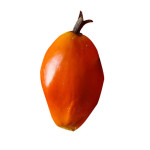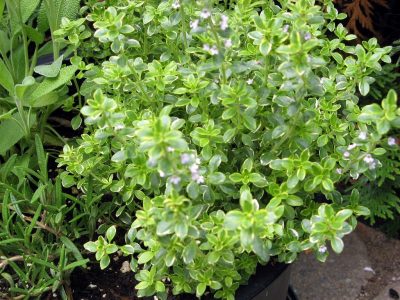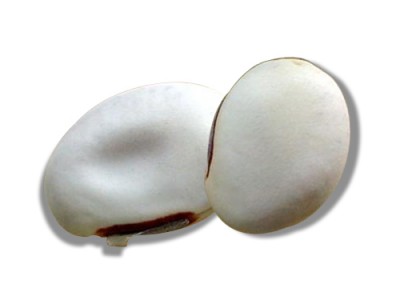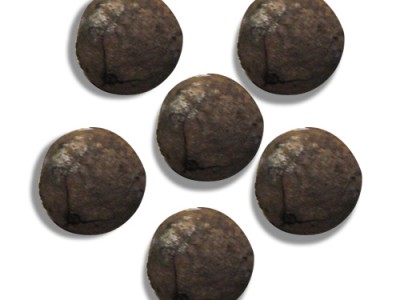
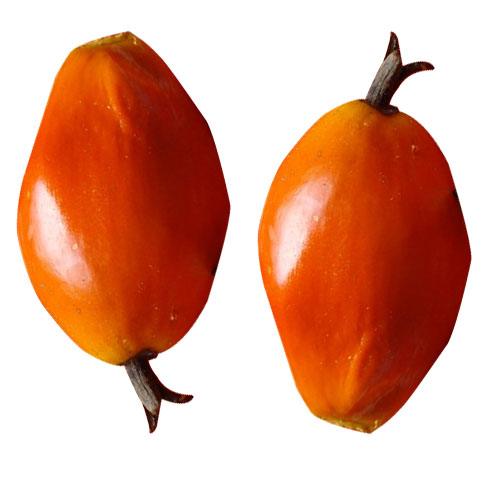
Palm Nuts Oil And Its Cultivation Method
Palm Nuts
Exploring the origins of the plants is an interesting topic. There are millions of trees in the world and some have medicinal properties. This topic will deal with Palm nut. Palm oil is world famous oil which is used by millions of people worldwide. Hundreds of palm trees are found scattered in Angola and the Gambia.
These trees are also found in Madagascar, Sri Lanka, Central America and the West Indies. Many countries plant this wonderful tree for the purpose of extracting palm oil. The botanical name for this plant is Elaeis guineensis. Archeologist discovered palm oil in a tomb dating back to 3000 BCE.
How it is Cultivated
This tree grow to 2 m tall and the leaves grows up to 3-5 m long. The palm trees will grow wonderfully when there is perennial supply of clean water and cultivated in topsoil. These trees are constantly attacked by various worms and insects throughout the year and the farmers have to spray proper pesticides to control the pests. There is huge demand for palm oil and the annual production of palm oil is around 20 tons.
Properties
- Palm nut oil is a type of oil derived from the kernel of the African oil palm tree (Elaeis guineensis).
- It is a traditional cooking oil in some parts of Africa and is high in saturated fats and vitamin E.
- Palm nut oil is semi-solid at room temperature and has a deep reddish-brown color. It has a nutty, slightly sweet flavor.
- Palm nut oil is high in saturated fatty acids, including palmitic acid (44-52%), stearic acid (19-26%), and myristic acid (8-16%). It also contains monounsaturated fatty acids, including oleic acid (7-12%), and polyunsaturated fatty acids, including linoleic acid (4-7%) and linolenic acid (0.4-1.3%).
- Palm nut oil is also a rich source of vitamin E, including alpha-tocopherol (20-47 mg/100g) and gamma-tocopherol (16-29 mg/100g). It also contains other vitamins and minerals, including iron, potassium, magnesium, and zinc.

